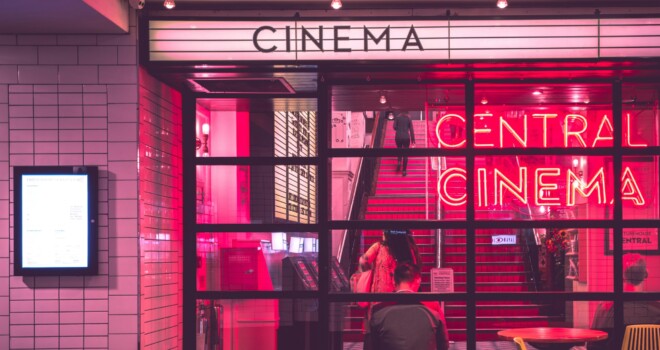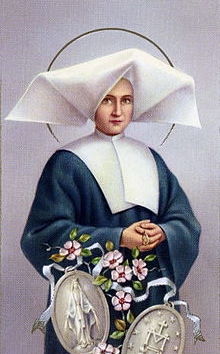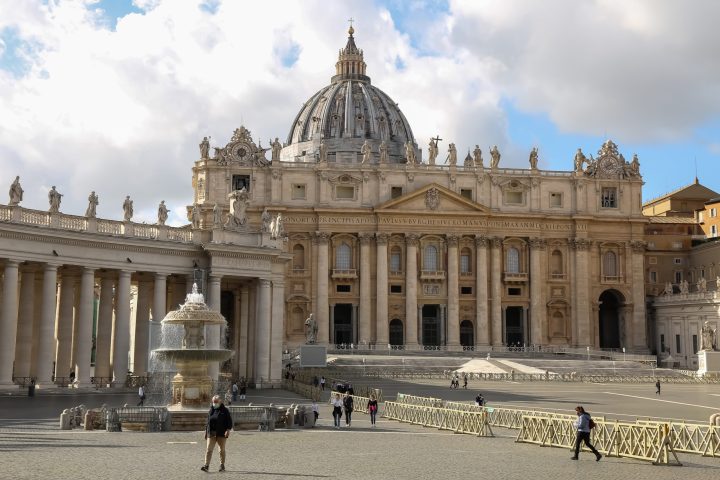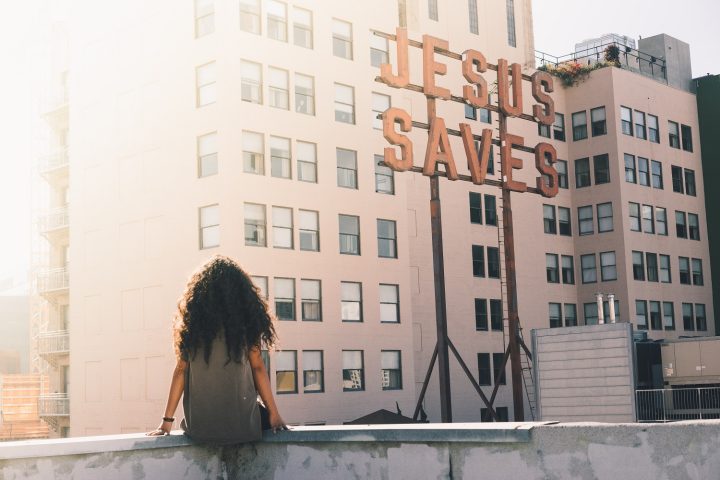
In his 2021 video essay, “The Side of Scorsese We Don’t Talk About,” Thomas Flight reflects upon the notable lapsed Catholic director’s use of the fourth wall in his films, specifically within Scorsese’s 1991 remake of the classic thriller, Cape Fear. In the film, obsessive criminal Max Cady (Robert DeNiro) seeks revenge upon attorney Sam Bowden (Nick Nolte) years after a decisive trial that landed Cady in jail for 14 years. Cady is as obsessed with the Bible as he is with women and touts his purported newfound Christianity by spitting out Bible verses casually in conversation to flex his knowledge. In the climax of the film, Cady has followed Bowden and his family to their boat, where they had retreated to escape his stalking. After temporarily defeating Bowden in front of his family, Cady gloats directly toward the camera and proceeds to set himself up as attorney in an impromptu mock trial, looking up past the camera at the rainy sky, speaking to an invisible Judge, presumably God. While the implications of this piece of direction from Scorsese is interesting enough on this level, Flight takes the concept further, arguing that Cady is invoking the audience to be the Judge of his actions in this scene. It’s a powerful trick Scorsese has used in several of his films and makes us think about our role as audience in the stories we watch.
The 21st century has proven itself to be the era of the impassive, impartial viewer, who has succumbed to constant scrolling and massive amounts of “content” to consume on a daily basis. In his essay titled “Il Maestro,” Scorsese speaks about how the word “content” itself has changed drastically in just the past fifteen years alone, as it is now defined as a “business term for all moving images.”1 In the age where Jeffrey Katzenberg can actually build a streaming service off of 10-minute “quick bites,” the definition of cinema has been rendered practically meaningless, with less and less people flocking to the movies when they can simply watch the latest blockbuster on Max or Disney+.
On the flipside, never has this been a better time for our generation to access the classics that have come before us. As a premature cinephile in my high school years, I always found it difficult to access a lot of classic films with only the (then) limited library of Netflix and whatever was on cable. Now not only do I have Netflix, but the vast resources of the Criterion Channel, Max, Amazon Prime, and much more, and while the ratio of fine to forgettable films varies by service more often than not, I can find the movie I’m looking for pretty easily.
And yet, amidst such a tidal shift in culture and consumption, there are regrettably few guideposts for the burgeoning Catholic. While some have stepped up by creating their own streaming services, such as Formed, they often end up focusing more on educational content than on true art, which is regrettable when there is such a plethora of great films by deeply Christian filmmakers such as Andrei Tarkovsky and Terrence Malick, and a tremendous amount of films with deep theological and philosophical significance, such as the works of Ingmar Bergman, Carl Theodor Dreyer, and, of course, Martin Scorsese.
While St. John warns us not to “love the world or the things of the world,”2 it is still our duty as Catholics to be up to date on the events and trends of the culture so as to be better prepared to raise up what is good and transcendental and put away all that is vain and sinful; to be beacons of truth in an increasingly morally shady world. Bishop Robert Barron exemplifies this aspect of the New Evangelization, being very open about his tastes in art and even posting film reviews every now and then on his YouTube channel.
Despite a tumultuous and uncertain future ahead for theatrical distribution and the fate of the major studios at large, cinema still stands at the forefront of culture today just as paintings did during the Renaissance, and the novel did in the 19th century. It is by leaps and bounds the most exciting and visceral way to portray the fantastic and reflect the inherent drama of our human lives, and we have only scratched the surface of the medium’s potential. The call to action for young Catholics to produce, encounter, and reckon with such an all-encompassing cultural force is as immediate as it is necessary, and in the age of streaming and smartphones, there’s no better time to take it up.
Photo by Myke Simon on Unsplash
1Scorsese, M. (March 2021). “Il Maestro.” Harper’s Magazine, accessed September 30, 2021.
21 Jn 2:15 NABRE



